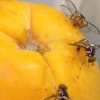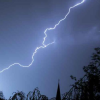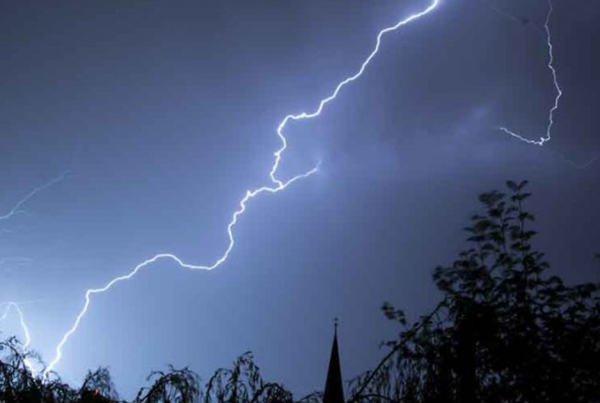
Did you know that even with advanced knowledge, recently developed techniques for proper tree maintenance and the vast amount of information we have at our disposal, there are still a lot of tree companies out there that call themselves “professionals” who practice outdated and harmful tree care practices?
And here’s the thing . . .
These improper practices are sometimes so common in certain areas that most people, homeowners to be exact, believe that the methods these so-called tree professionals employ are harmless and accepted by the community.
Take for example the use of spikes or spurs to climb trees that are about to be pruned—there are a lot of safer and more harmless ways to climb trees without poking or stabbing them with spikes from your boot. You just have to take the time to do your research and learn.
But no, a number of tree companies still adopt this method of climbing trees. It’s a shame to say, but some of these companies are quite established and have been in operation for decades.
Improper Practices Still Being Adopted by a Number of Tree Arborists in the Industry
If you think that climbing trees using spikes is a problem, hold on to your hat; there are a lot more harmful practices that many untrained Arborists still employ today.
4 Types of Equipment Used by Tree Service Professionals
Depending on the task at hand, our arborists may use different rigging, climbing, and tree cutting equipment to get the job done.
Not considering overhead and underground obstructions when planting trees.
Believe it or not, a lot of professionals don’t really think enough about proper spacing when moving or planting trees. These people fail to grasp the importance of spacing to avoid overhead and underground obstructions.
So what happens when spacing is disregarded?
Trees grow, and sooner or later they will outgrow a small space. As a result, tree canopies could reach power lines; root systems could reach pavements or any man-made structure and cause damage to that structure, as well as to the roots.
Before planting, the type and size of the tree when fully grown should be considered when determining the appropriate amount of spacing to be allotted.
Incorrect application of mulch to insulate the soil around the tree.
Every professional, every tree company appreciates the value of mulch in providing appropriate insulation for the tree’s root system. But not all of them are aware of the proper way to actually apply it.
Are you aware of the term “mulch volcano”? Mulch volcano refers to mulch that is piled up against the trunk of a tree, making it look like a volcano. This is a practice that can damage, sometimes even kill, trees. Unfortunately, a lot of untrained tree companies still observe this practice for aesthetic purposes.
So what’s the correct way to apply mulch?
We can all agree that mulch is very important, especially when preparing the tree for the cold winter months. The right amount of mulch and the proper way to apply it depends on the species of the tree.
The safest way to apply the mulch is to place it around the tree, 3-4 feet in diameter, without the mulch ever touching the trunk. And as far as the thickness of the mulch being applied is concerned, it should be around 3-4 inches deep.
Improper pruning of trees, particularly the practice of topping.
Topping is a pruning practice that is widely rejected by reputable tree companies and professionals in the industry. In fact, topping is illegal in some states.
So, what is topping?
Topping is a pruning practice that refers to the indiscriminate removal or cutting of branches and limbs in order to shorten the height of the tree. Also known as a tree haircut, this lazy and inconsiderate practice actually creates more problems instead of providing an aesthetic appearance to your trees.
Tree topping creates large wounds on the tree that could result in decay, and eventually, the death of the tree. The decay can spread quite quickly over time and will compromise the structural integrity of the limbs and branches.
A small gust of wind and the weight of ice or snow can cause the limbs to break and fall off, which may result in unfortunate accidents, especially if the tree is in an area with heavy pedestrian traffic.
These improper tree care practices are just a few of the many incorrect methods and techniques being used by a number of so-called tree professionals. The sooner you learn about these kinds of practices, the better you are at choosing the right tree company to handle all your tree care needs.
Comment below and share your thoughts!
More info:











